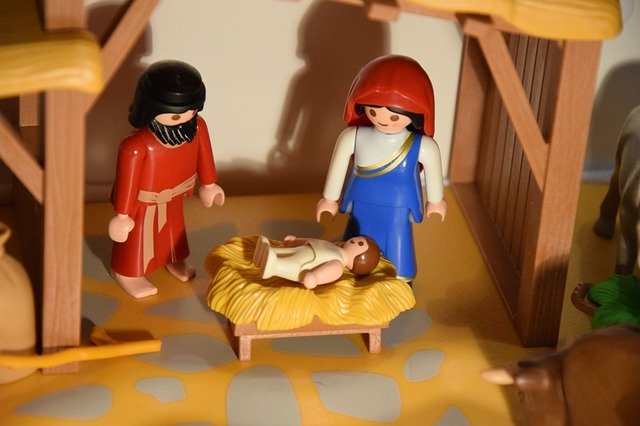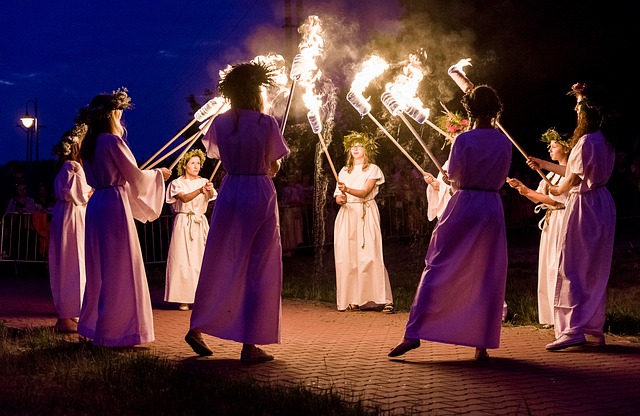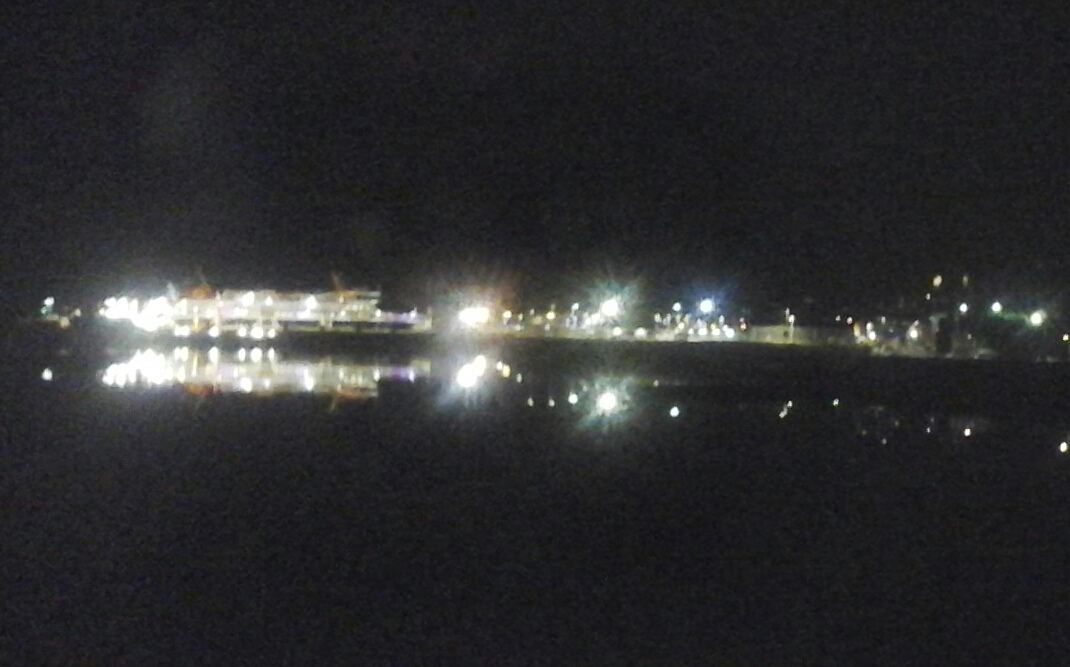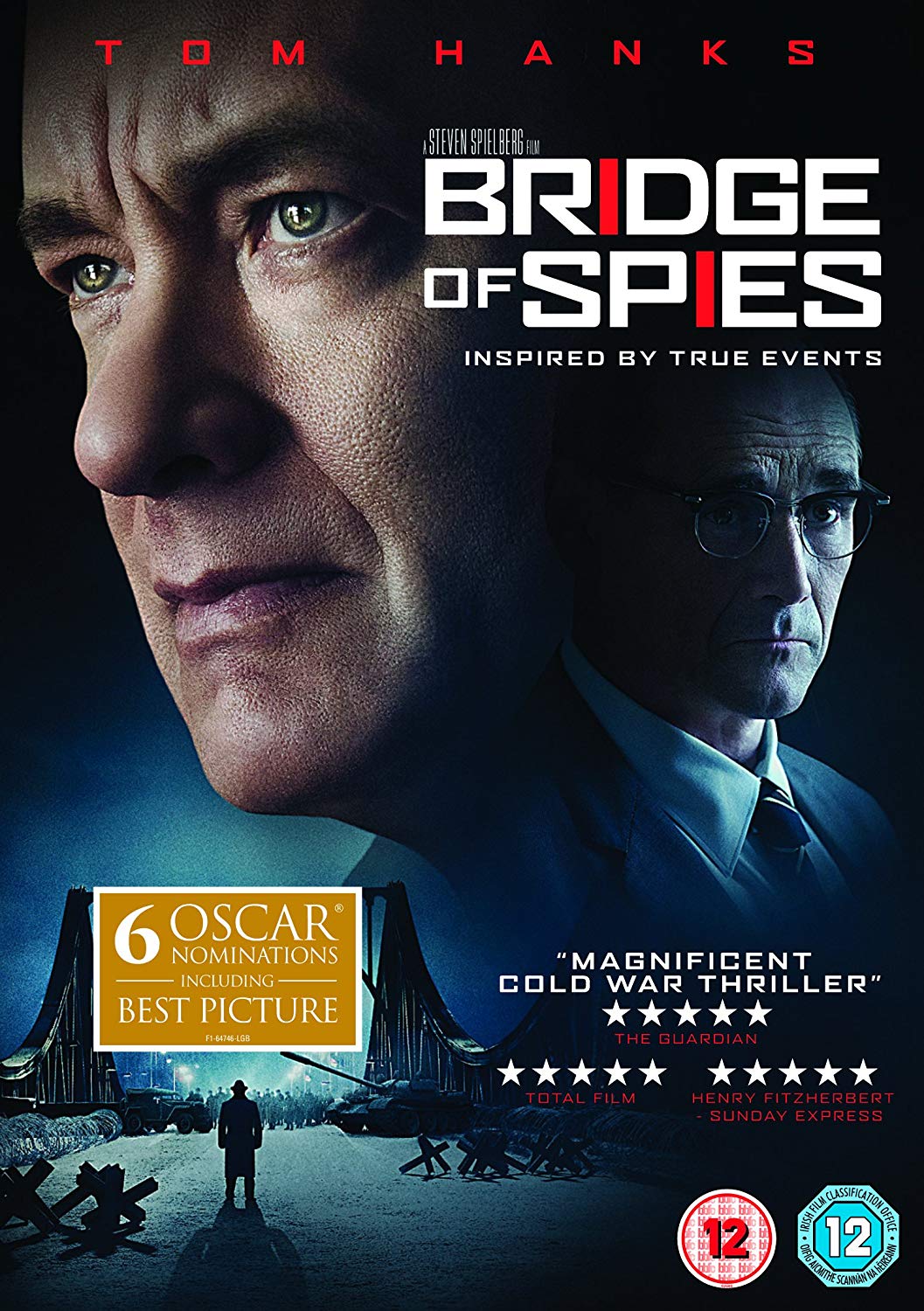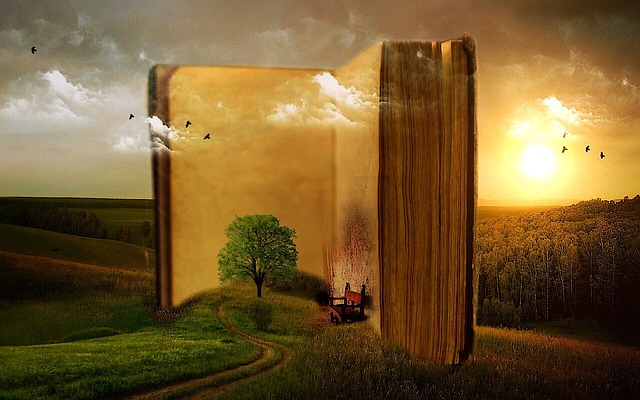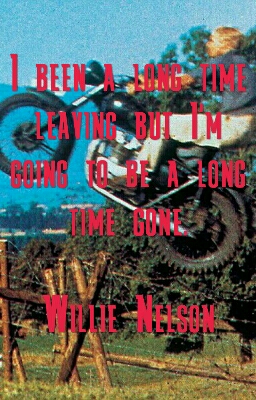
I am enjoying one of the great boons of island life today, a trip on the ferry from the Isle of Lewis to Ullapool on the Scottish mainland. It’s a trip I’ve been making for nearly 13 years now and a trip that is certainly more comfortable now that the “Loch Seaforth” ferry is taking me over. We used to ride on the “Isle of Lewis” ferry and a view of the toilets in bad weather was almost guaranteed!
Today is a typical murky day in February and the ferry is reasonably steady as she rides across “the Minch”, a piece of water with a serious temperament. On a good day, the scenery is wonderful and the ferry trip most enjoyable as you stroll on the upper deck. On a bad day, you stagger around, huddled inside from the elements, hoping the seasick tablets will work to their full effect.
The ferry is an integral part of island life, it’s the most common way to get off-island and the only way to take your car with you. Many of the islanders work on the ferries, even if they are not the ferries serving their own island. In my novel “Surface Tensions”, Donald, one of our heroes, is a ferry worker and the first encounter of the mermaids happens from the ferry. It is major news when there’s a ferry cancellation, and in winter, this occasion caused by the weather is not uncommon.

The ferry also brings the freight to the island, including our groceries and any of the materials in the local shops. If the freight ferry fails to run, then we often see the buying of copious amounts of milk and bread as everyone panics, leaving the shops looking like a Cold War day in Russia.
Living in one of the remoter parts of the UK, you find things you take for granted in other parts suddenly become more important, more controversial and hopefully more appreciated. In my novels I try to include these little pieces of Island life, as they are part of what makes the way we live out here. In some ways life is freer out here but we depend on the regular trips of the ferry to keep us stocked with our daily dose of the mainland normals.

